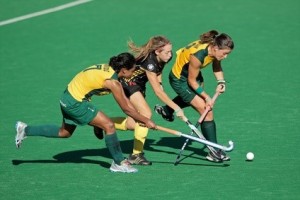 Torn ACL and Surgery – Learn More About Risk of Re-Tearing
Torn ACL and Surgery – Learn More About Risk of Re-Tearing
The incidence of second ACL injuries in the first year after ACL surgery is 15 times higher compared to an athlete that has never had a torn ACL.
We have data looking at recurrence rates after one year post surgery for a torn ACL. Dr. Mark Paterno and Dr. Timothy Hewitt and colleagues studied a group of athletes from the time of ACL surgery until they were 2 years post surgery for a torn ACL.
Key findings from this important research on ACL injuries after ACL surgery include the following:
- Having another ACL injury 2 years from the date of surgery is 6 times greater in patients that have undergone an ACL reconstruction, compared to the healthy control group that never had any injury.
- The group that underwent an ACL reconstruction and then returned back to sport had a 5 times greater rate of recurrent ACL injuries compared to the healthy control group.
- Female patients in the ACL reconstruction group were twice as likely to suffer a contra-lateral knee injury as compared to an ipsilateral knee ACL injury.
- Overall, approximately 30 percent of the athletes sustained another torn ACL within 24 months of returning back to sports. Out of the 30 percent that had a second torn ACL: 80 percent tore the opposite knee from the initial injury and 20 percent re-tore their surgical side/graft.
Based on the results of this study, we can conclude that the opposite knee is at increased (more…)



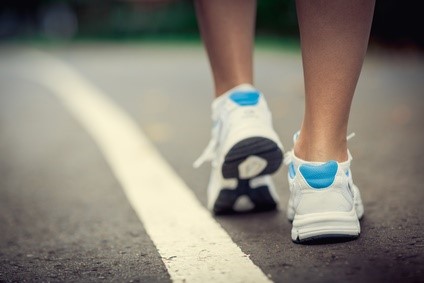

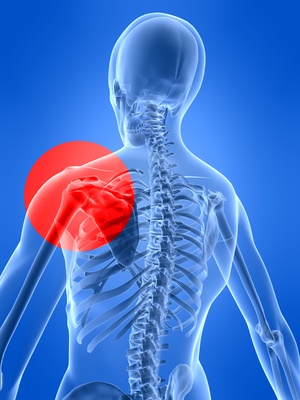
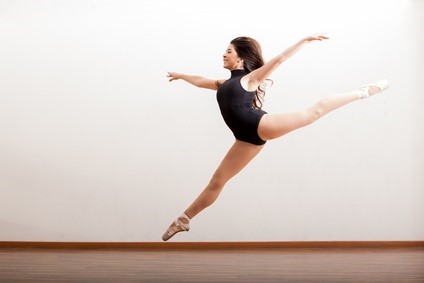
Recent Comments